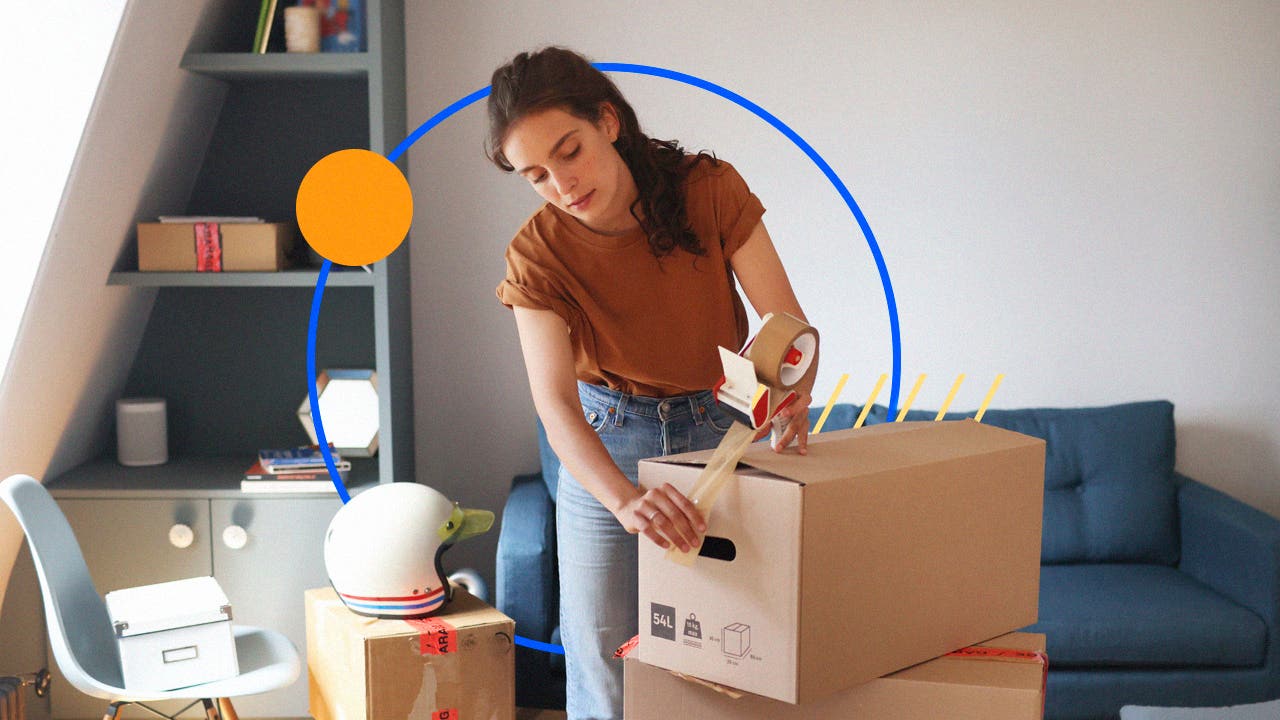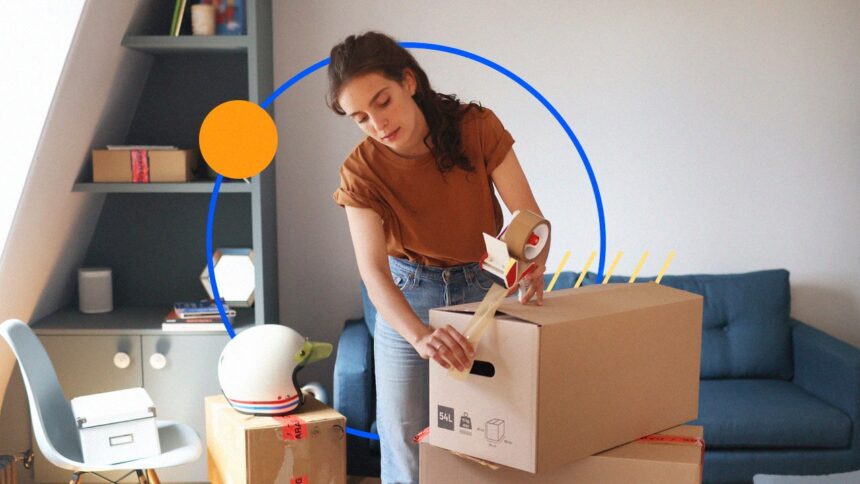
Delahaye/ Getty Images; Illustrations by Austin Correction/Bankrate
Key takeout
-
The Down Payment Assistance (DPA) program provides eligible home buyers with loans or grants to cover down payments and closing costs.
-
These programs are usually reserved for first-time home buyers or for medium-sized buyers with low incomes in the area.
-
Many down payment assistance programs are available through state housing finance institutions. Several major cities, nonprofits, and even mortgage lenders also manage their own programs.
According to Bankrate’s down payment survey, a fifth of aspiring homeowners (20%) believe they can’t save enough for a down payment. However, you don’t have to resort solely to save money to buy a home. There are many forms of down payment assistance that can help bridge the gap. Here’s a guide to your options and how to qualify.
What is a down payment support program?
Down payment assistance programs are loans and grants designed to help home buyers pay their down payments. Some programs also help with closure costs.
There are thousands of home down payment programs across the country. Most are offered as state, county and city government programs. Others are sponsored by nonprofit organizations, banks and other lenders.
The amount of support varies from program to program. For example, the Illinois Housing Development Agency (IHDA) Access Mortgage Program offers up to $10,000 for down payments and closing costs for eligible borrowers. The California Myhome Assistance Program also offers a deferred second mortgage to traditional borrowers, which is used for down payments or closing costs, to up to 3% of the household’s purchase price or the valuation, whichever is lower.
Eligibility requirements for down payment support
Most down payment assistance is for first-time home buyers. A first-time home buyer usually means someone who doesn’t own a home or has not owned a home in the past three years.
Beyond being a first-time buyer, many down payment assistance programs require borrowers to:
- Buy a major residence rather than an investment or rental property
- Buy detached houses, condominiums and townhomes. When eligible, multifamily properties are often limited to four units.
- There is income below a certain threshold known as the Regional Median Income (AMI).
- Buy in a specific county or city or work in a public service professional
- You are eligible for a 30-year fixed-rate first mortgage to buy a home with an approved lender. Some programs can only be used with one type of mortgage, such as government-supported loans.
- Meet credit or financial qualification criteria beyond what your lender needs. Borrowers may also need to donate a portion of their savings to purchase from home.
- Complete your HomeBuyer Education course before closing
Types of down payment support loans and programs
Grants
HomeBuyer Grant often offers one-time cash in the form of a second mortgage with no profits. There is no need to repay the funds. If you are eligible, you can use your money to cover all or part of your down payment or closing costs.
Allowed loans
A generous loan is technically the second mortgage, but it is effectively a grant, as long as you meet certain requirements. Generally, these include paying your mortgage on time each month and staying at home for a certain period, usually between three and ten years.
During this time, some of the loans will be allowed in ticks until they are completely forgiven. If you decide to move earlier, you will need to repay the funds compared based on the time of your home. If you comply with the requirements, you do not need to repay the loan.
Low interest loans
This type of down payment assistance also serves as a second mortgage, but works with more affordable interest rates. You make monthly payments for your first mortgage, and usually repay low interest rate loans over several years. This payment includes down payment support and interest.
Deferred payment loan
Unlike low-interest loans, deferred payment loans usually do not charge interest. You will still need to pay back your assistance, but you will either leave the house or refinance your first mortgage until the loan term ends.
Individual Development Accounts (IDAs)
Also known as a matched savings account, an individual development account (IDA) is a special savings account in which the account holder’s contributions match private or public funds. These programs typically come with strict income caps and employment requirements, and participants will typically need to complete free financial literacy training. These accounts are available for a variety of savings targets, including down payments and closing costs.
Lenders’ Down Payment Support Program
Some mortgage lenders offer their own down payment assistance to eligible borrowers. Bank of America, Chase and Wells Fargo, for example, offers down payments and closure fee grants. Other lenders offer matching saving opportunities. Key here: You need to get your mortgage from that lender. This may mean you won’t get the lowest possible interest rate.
Support for closure costs from Fannie Mae
Fannie May offers a variety of down payments and closure cost assistance programs. First-time home buyers in eligible locations can first earn $5,000 for down payment and closure costs through HomeReady. Additionally, HFA’s Priority Incentive Program offers up to 6% to eligible buyers to purchase Fannie Mae HomePath properties.
How to find down payment support
There are many ways to find down payment support:
- HFA in your state: All states operate HFAs that support homeowners and tenants. Contact your state HFA or visit its website to learn about down payment assistance options.
- Your city or county website: Many counties and cities offer down payment assistance. Please check the local government website for more information.
- Your lender: Your lender can help you refer to your assistance program.
- Down payment resources: Private company Down Payment Resources offers a variety of resources to home buyers, real estate agents and lenders, including qualifications and support search tools.
FAQ
Was this page helpful?
Why you want feedback?
Feedback helps us improve our content and services. It takes less than a minute to complete.
Your response is anonymous and will only be used to improve our website.
Helps to improve content


